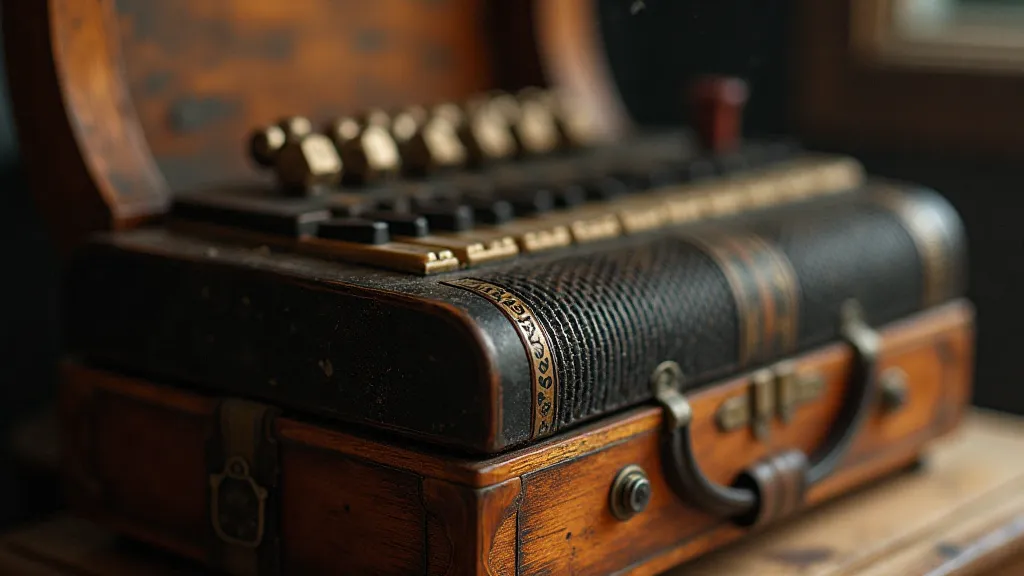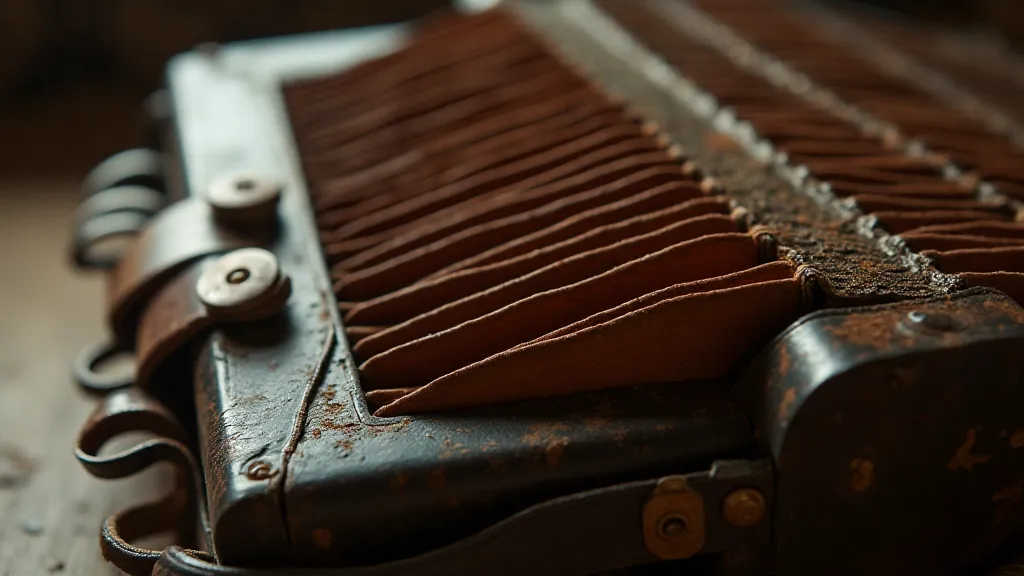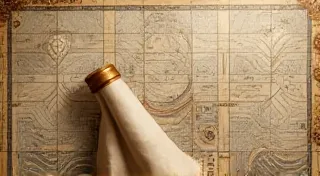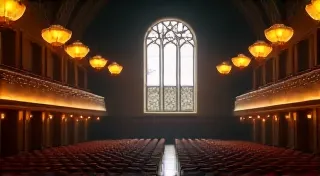Resonance of Absence: Underscoring Dialogue with Silence and Subtlety
The prevailing assumption in modern filmmaking is that music is essential. A relentless, often overwhelming, soundtrack propels narrative, dictates emotion, and even anticipates audience response. But what happens when that blanket of sound is lifted? When crucial dialogue scenes are deliberately, powerfully, underscoring by silence, or by a music so minimal it borders on non-existence? The effect, far from being a technical oversight, can be profoundly impactful, magnifying the words spoken and imbuing them with a resonance that bombards with a standard score simply couldn't achieve.
This isn't a new concept. Think back to the golden age of Hollywood, a time when the very act of sound design was still an exploration. While Max Steiner and Bernard Herrmann sculpted majestic orchestral landscapes, some filmmakers, driven by a keen understanding of the human psyche, chose a different approach. They recognized that a constant musical presence can become a crutch, a distraction, even a manipulative tool. The absence of music, employed strategically, can be far more powerful than any soaring theme.
I remember, as a teenager, stumbling upon a pristine copy of The Big Clock (1948) on late-night television. It’s a thriller directed by Orson Welles, and while visually striking, it was the score, or rather, the *lack* of it, that truly captivated me. During moments of intense interrogation, where Robert Cummings’ character, Dr. Richard Kimble, is relentlessly questioned about his wife's murder, the music vanishes entirely. Only the harsh sounds of the interrogation room - the squeak of chairs, the rustle of papers, the clipped, accusatory tones of the police – remain. This deliberate absence creates an unbearable tension, forcing the viewer to confront the characters' vulnerability without the comforting buffer of musical cues. It's a lesson in cinematic restraint, a testament to the director's trust in the actors and the power of the script.

The Power of Subtlety: Beyond the Absence
It's important to distinguish between *complete* absence and the use of exceptionally subtle music. Sometimes, a lone piano note, a faint string drone, or the distant echo of a musical box can be more effective than a full orchestral arrangement. This approach, which I often describe as "underscoring with absence," allows the music to exist on the periphery, adding a layer of atmosphere without dominating the dialogue. Consider Yasujiro Ozu's films, particularly Tokyo Story. His scores are famously sparse, often relying on traditional Japanese instruments—the *shakuhachi* flute or the *koto* harp—to create a sense of melancholy and quiet contemplation. The music never pushes the narrative; it merely observes, reflecting the characters’ inner lives with gentle, understated beauty.
The choice to minimize or omit music is also deeply tied to the film’s genre. While action films practically demand a relentless pulse, thrillers, dramas, and character studies often benefit from a more restrained approach. In a film like Waiting for Godot (1955), for instance, any significant score would be an unbearable intrusion on the absurdist dialogue. The film's power resides in its stark simplicity, its relentless questioning of meaning and purpose. The silence isn’t merely a lack of music; it’s an active element of the film’s thematic core.
Furthermore, the rise of sound design as a distinct art form has played a crucial role in this trend. Rather than relying on music to convey emotion, sound designers now utilize a wide range of ambient sounds – the hum of electricity, the drip of water, the rustling of leaves – to create a palpable sense of atmosphere and tension. These naturalistic sounds can be far more evocative than any musical cue, allowing the audience to experience the film on a visceral level.
Crafting the Silence: A Composer’s Perspective
From a composer's perspective, consciously choosing silence—or near-silence—is a complex challenge. It requires a deep understanding of rhythm, pacing, and emotional nuance. It's not simply about turning off the music; it's about actively shaping the sonic landscape to amplify the impact of the words spoken. A skilled composer will consider the silences as integral to the composition, using them to create a sense of anticipation, dread, or poignant reflection.
Think about the work of composers like Angelo Badalamenti, who, while known for his evocative scores for David Lynch’s films, also understands the power of strategic silence. In Twin Peaks, the moments of quiet intensity—the unspoken glances, the subtle gestures—are often far more unsettling than any of the film's surreal musical excursions. The silence isn’t a void; it’s a pregnant space, teeming with unspoken possibilities.

Collecting and Restoration: Preserving the Sound of Absence
This appreciation for the nuanced soundscapes of forgotten films naturally extends to a fascination with the instruments that produced them. Antique accordions, in particular, hold a special allure. These instruments, often handcrafted with meticulous care, represent a bygone era of craftsmanship and artistry. The rich, complex sounds they produce are unlike anything that can be replicated by modern synthesizers. There's a tangible connection to the past when you play an accordion that was likely used to score a film you are passionate about.
Restoration is a delicate process. The bellows require meticulous cleaning and repair, the keys must be adjusted with precision, and the reeds need to be carefully re-tuned. But the reward is immense—the opportunity to breathe new life into a piece of cinematic history and to experience the music in its original glory. The patina of age, the slight imperfections – these are not flaws; they are testaments to the instrument’s journey through time.
Many accordions of this era found their way into obscurity after the decline of traditional silent film accompaniment or the rise of electronic scoring. They languished in attics and pawn shops, their stories forgotten. The renewed appreciation for these instruments—and for the cinematic artistry they represent—is a testament to the enduring power of silence, and the subtle beauty that can be found in the absence of sound. Recognizing the value of this “resonance of absence” allows us to appreciate both the artistry behind the films themselves and the craftsmanship of the instruments that once brought them to life – or, in some cases, respectfully allowed them to speak for themselves.






